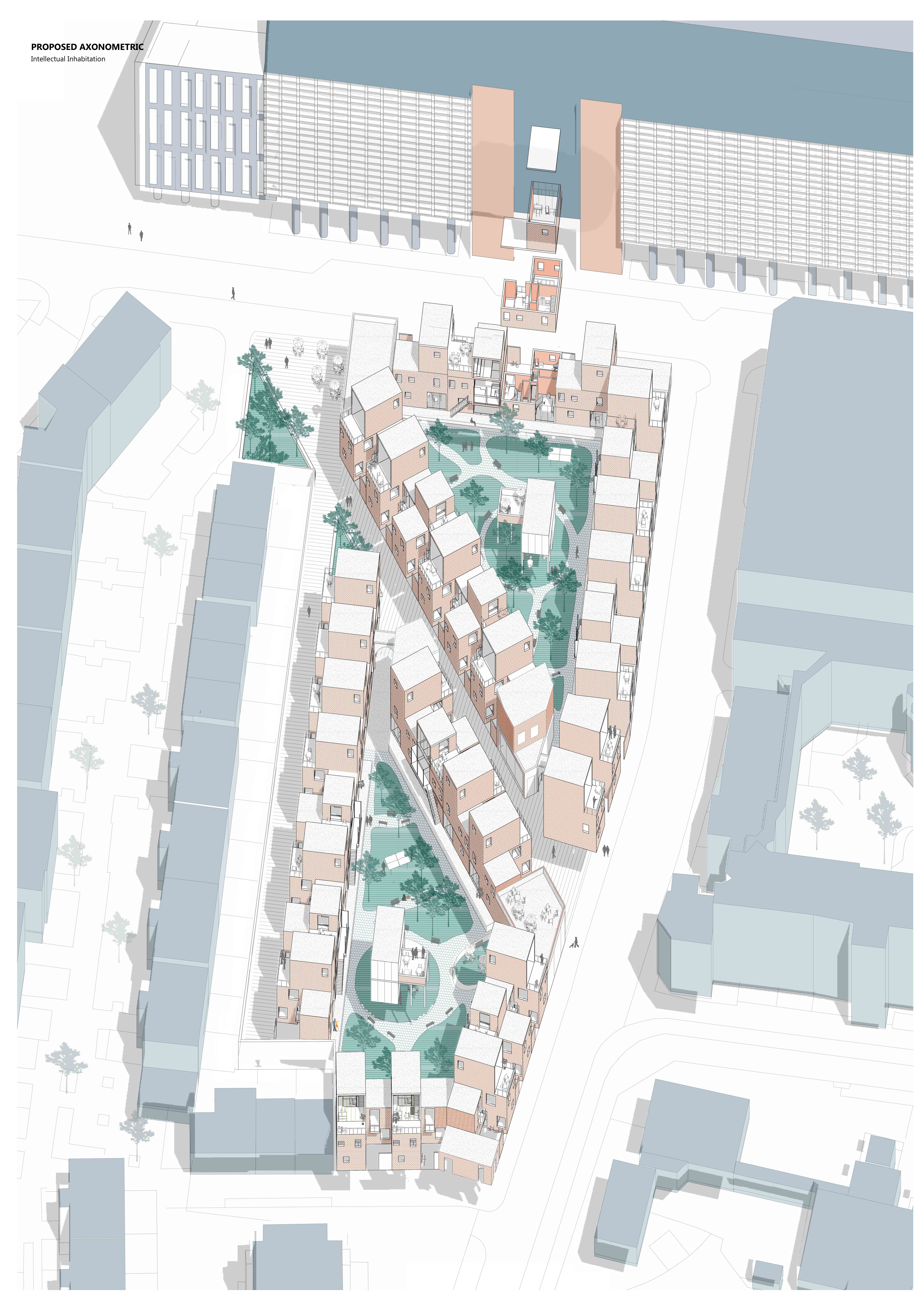Design Studio (Three) Seven ARCHIVE
YEAR THREE – DS3.7
Tutors: John Zhang and David Porter
John Zhang is a practicing architect and a research academic. He has recently completed a PhD at the Royal College of Art on the topic of contemporary Chinese architecture.
David Porter is a renowned educator, architect, and writer. He was a partner in Neave Brown David Porter Architects, and currently holds a Professorship at the Central Academy of Fine Art, Beijing.
BETWEEN THE LINES
DS(3)7 uses Beijing and London as the testing grounds for new ideas of housing. We seek to identify transferable architectural ideas that can tackle the increasingly shared urban issues experienced in our cities, and address the needs of under served communities.
We encourage knowledge transfer through a comparative analysis of urban morphology. We advocate an architecture that engages the global context. We constantly question what it takes to think in context, posed as a general problem in human thought and as a particular problem for architects. Key to our agenda is the focus on finding original approaches to mediate the thresholds between public life and private life, between the inside and the outside, and between the building and the city. We encourage students to pay close attention to the details of how people occupy and move through space at a human scale, and what this says about their social, economic, political and cultural dispositions. Research for us is NOT Googling, but rather exploration of ideas through drawings, models, collages, and films. There is a particular emphasis on the strengths of technical drawings.
This year DS(3)7 will be exploring housing communities affected by the proximity of major infrastructures in both Beijing and London.
San Yuan Li in Beijing, and Somers Town in London, are both communities living in the shadows of major infrastructures. Their proximity to significant highways or railway hubs offers an appearance of connection, but in fact belies a sense of isolation. The central location of these enclaves and the low income status of their residents make them particularly vulnerable to the negative effects of top-down ‘urban renewal’. The proximity of infrastructure adds further pressure, both in terms of physical constraints, and the social and economic consequences, where the strong identity of existing communities must confront the spatial needs of transient and newly arriving demographics. So what are the futures of these urban enclave? In many ways, Beijing and London are cautionary tales for each other. There are many lessons these two cities can learn from each other, and that’s what we as a studio intend to do.
In San Yuan Li in Beijing, and Somers Town in London, the students will produce two separate high density low rise housing proposals, which will seek to establish, through its architecture tectonics and programmes, a new narrative of interaction between existing community, emergent new demographics as a result of top-down regeneration, and transient users due to the proximity of major infrastructure hubs.































